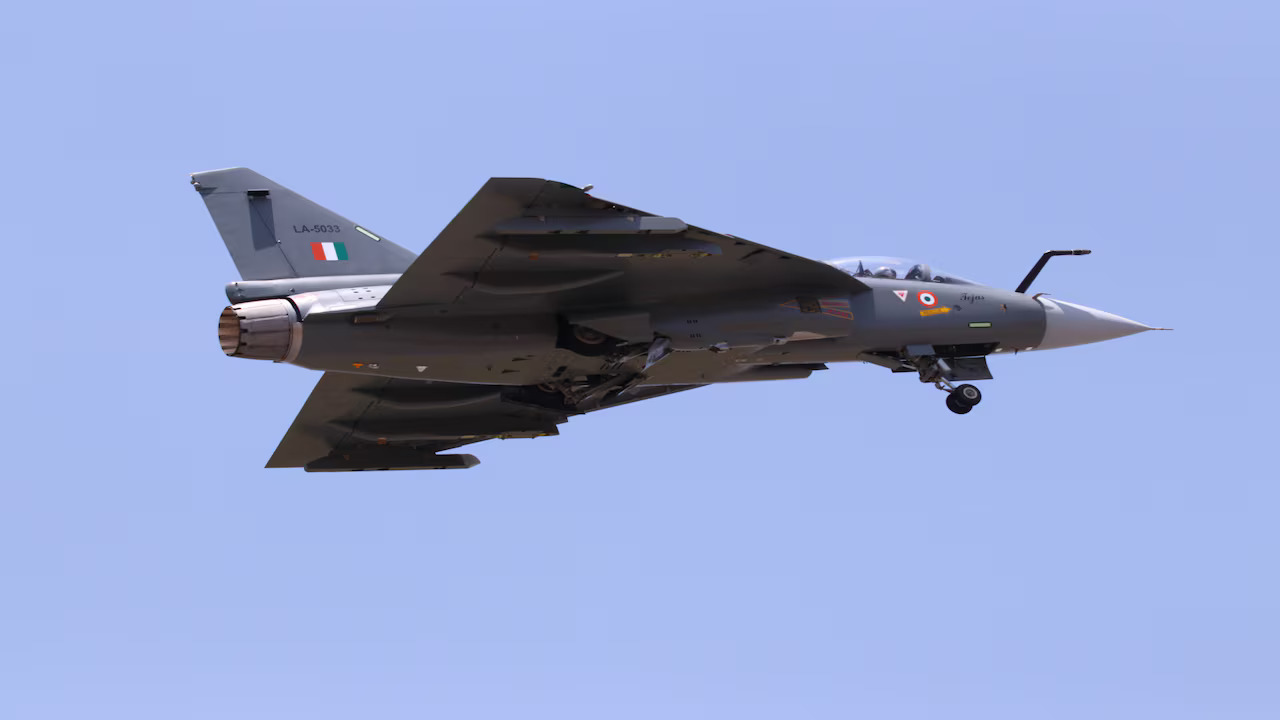In response to rising security challenges following Operation Sindoor, India is exploring a strategic partnership with France’s Safran for the development of jet engines for its next-generation Tejas Mk-2 fighter jets. This marks a potential shift in India’s defence strategy aimed at overcoming engine supply delays and boosting self-reliance in combat aviation.
Currently, the engines powering the Tejas Mk-1 jets are supplied by US-based GE Aerospace. However, delays in the delivery of F404-IN20 engines have impacted Hindustan Aeronautics Limited (HAL) and slowed down the Indian Air Force’s plans to enhance its operational readiness. With the IAF operating just 31 fighter squadrons against a sanctioned strength of 42, the situation has added urgency to finding new and reliable engine partners.
Defence officials confirmed that India is now prioritising alternatives to avoid dependence on a single supplier. Strategic concerns about long-term technology transfer commitments and supply chain consistency have further pushed India to seek collaborations that ensure both delivery timelines and domestic capacity building.
GE has delivered only one of the 99 F404 engines contracted under the 2021 deal, in addition to 65 earlier units. The more advanced F414 engines—meant for Tejas Mk-2 and the upcoming fifth-generation Advanced Medium Combat Aircraft (AMCA)—have also faced delivery setbacks. As a result, the government is reassessing its partnerships, with Safran emerging as a leading contender.
The Tejas Mk-2 is a 4.5-generation fighter aircraft weighing around 17.5 tonnes. It is designed to replace older platforms such as the Mirage-2000, MiG-29, and Jaguar. With improved range, payload, and versatility, it represents a crucial element of the IAF’s future capabilities. Timely engine development is vital to meet these operational needs.
The discussions with Safran are seen as more than just a workaround to GE delays. They reflect a broader strategic objective: acquiring the technical know-how to develop and produce jet engines indigenously. This aligns closely with India’s Aatmanirbhar Bharat initiative, which aims to reduce dependency on imported defence technology and strengthen local industry.
If finalised, the India-Safran engine partnership could be a turning point for the country’s aviation sector. By diversifying its technology base and reducing vulnerability to supply disruptions, India moves closer to becoming self-sufficient in advanced defence manufacturing.













